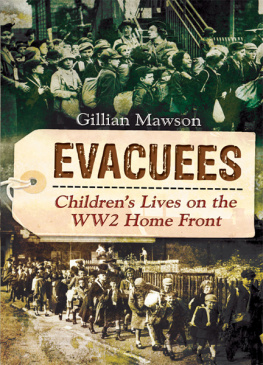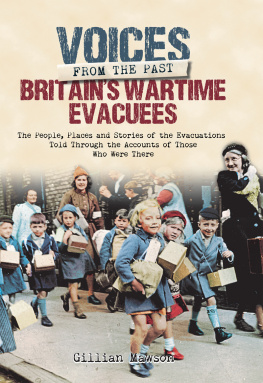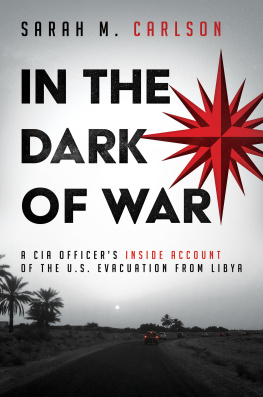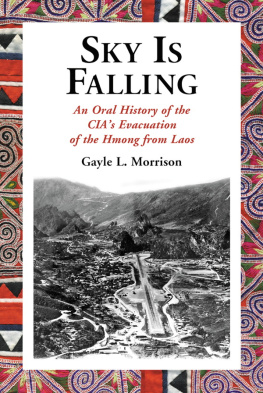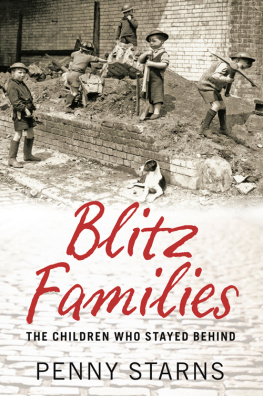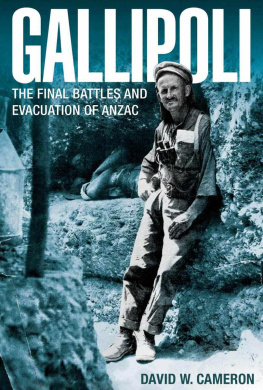First published in 1986 by Croom Helm Ltd
This edition first published in 2022
by Routledge
2 Park Square, Milton Park, Abingdon, Oxon OX14 4RN
and by Routledge
605 Third Avenue, New York, NY 10158
Routledge is an imprint of the Taylor & Francis Group, an informa business
1986 Travis L. Crosby
All rights reserved. No part of this book may be reprinted or reproduced or utilised in any form or by any electronic, mechanical, or other means, now known or hereafter invented, including photocopying and recording, or in any information storage or retrieval system, without permission in writing from the publishers.
Trademark notice: Product or corporate names may be trademarks or registered trademarks, and are used only for identification and explanation without intent to infringe.
British Library Cataloguing in Publication Data
A catalogue record for this book is available from the British Library
ISBN: 978-1-03-201217-9 (Set)
ISBN: 978-1-00-319367-8 (Set) (ebk)
ISBN: 978-1-03-202963-4 (Volume 14) (hbk)
ISBN: 978-1-03-202968-9 (Volume 14) (pbk)
ISBN: 978-1-00-318602-1 (Volume 14) (ebk)
DOI: 10.4324/9781003186021
Publishers Note
The publisher has gone to great lengths to ensure the quality of this reprint but points out that some imperfections in the original copies may be apparent.
Disclaimer
The publisher has made every effort to trace copyright holders and would welcome correspondence from those they have been unable to trace.
1986 Travis L. Crosby
Croom Helm Ltd, Provident House, Burrell Row,
Beckenham, Kent BR3 1AT
Croom Helm Australia Pty Ltd, Suite 4, 6th Floor,
64-76 Kippax Street, Surry Hills, NSW 2010, Australia
British Library Cataloguing in Publication Data
Crosby, Travis L.
The impact of civilian evacuation in the
Second World War.
1. World War, 1939-1945 Evacuation of civilians
2. Children Great Britain History
20th century
I. Title
940.531610941 D809.G7
ISBN 0-7099-3433-5
Croom Helm, 51 Washington Street, Dover,
New Hampshire 03820, USA
Library of Congress Cataloging in Publication Data
Crosby, Travis L., 1936
The impact of civilian evacuation in the second world war.
Bibliography: p.
Includes index.
1. World war, 1939-1945evacuation of civiliansGreat Britain. 2. World war, 1939-1945Great Britain. 3. Great BritainhistoryGeorge VI, 1936-1952.
I. Title.
D809.G7C76 1986 940.53159 85-29046
ISBN 0-7099-3433-5
Printed and bound in Great Britain by Billing & Sons Limited, Worcester.
Contents
PREFACE
Acknowledgements
Notes
2. EVOLUTION OF A POLICY
3. CHILDREN IN THE COUNTRY
4. BEDS BEFORE DESKS
5. GOVERNMENT UNDER ATTACK
6. AN AMERICAN INTERLUDE
7. EVACUATION AND EDUCATIONAL RECONSTRUCTION
8. THE EVACUATION AND POST-WAR BRITAIN
BIBLIOGRAPHY
INDEX
Preface
Rummaging about in British record offices and libraries over the years, Ive often encountered people who told stories of their own lives unrelated to my research into nineteenth century society and politics. A theme which appeared frequently among them was their wartime experiences. Especially interesting to me were stories from people of my own age who were school children during the second world war. What they remembered most vividly was the evacuation. To a North American, even at the distance of decades, it was a compelling story--hundreds of thousands of school children in movement across the countryside, seeking shelter from an expected aerial onslaught. Children were absent from their neighborhoods, schools, and parents for weeks or months at a time, some for the duration of the war.
As I heard these stories, I found myself almost imperceptibly searching for the historical significance of the evacuation. Surely a movement of such proportions had a direct social impact. How would parents and children have borne the separation? What were the origins and assumptions of evacuation planning? What did the government hope to gain by its evacuation policy? Was it a successful policy? This book is an attempt to answer these and like-minded questions: it charts the evolution of evacuation from its origins; examines its implementation; and finally suggests its possible effect upon post-war social planning in Britain. Because the evacuation disrupted the schooling of thousands of children, the book emphasizes its impact upon education.
Once I began my research in earnest, I discovered very few secondary works on the evacuation. R.M. Titmuss Problems of Social Policy , a volume in the official history of the war, is the most complete. Its focus, however, is on the social problems which arose during the evacuation: very little is said about the background and implementation of the evacuation. Educational issues are omitted entirely: they were to have been included in a separate volume in the war history by Sophia Weitzman. This volume was never written.[] Some of the material collected by Dr. Weitzman before her death in 1965 was used by Nigel Middleton in his A Place for Everyone ; but there are only occasional references to the evacuation. P.H.J.H. Gosdens Education in the Second World War , although invaluable for the administrative side of things, also underplays the evacuation. Other secondary works, such as B.S. Johnsons The Evacuees , tend to be impressionistic and anecdotal, lacking in analytic content.
Wartime surveys which investigated the psychological and social conditions in reception area billets include the Barnett House Study Groups London Children in War-Time Oxford and Susan Isaacs The Cambridge Evacuation Survey . Although they contain useful first-hand information about evacuees, they do not provide a sufficiently broad perspective for an understanding of the evacuation as a whole. They suffer, in addition, from methodological difficulties which plagued virtually every attempt to evaluate the effects of the evacuation upon children. Much of the psychological literature especially had inconsistent findings, driving one perplexed journal editor to plead for more reports, even if they covered identical groups of previous investigations.[]
We are on surer ground, however, with the evidence that survives in the confidential memos and position papers of the various departments of state and local government involved in the evacuation, especially those of the Home Office, the Ministry of Health, the Board of Education, and the London County Council. Some of these records have been opened to the public only within the last decade. They candidly reveal the opinions of the planners and shed considerable light on conditions in the country-side during the evacuation. Significant collections of official papers are housed at the Greater London Record Office and the Public Record Office, Kew. Another important primary source are local newspapers, most conveniently located in the British Librarys Newspaper Collection at Colindale. They furnish invaluable information about evacuation conditions through their reports of urban and district council meetings and summaries of cases from magistrates courts. Opinions expressed in leading articles and letters to the editor are also useful. A final important contemporary source are diaries and first hand observations from evacuees, billeting officers, and householders during the evacuation. Some of these accounts are remarkably detailed and provide us with invaluable impressions of the evacuation. Collections of personal accounts may be found at the Greater London Record Office, the Mass Observation Archive at the University of Sussex, and the archives of the Imperial War Museum.




